Back to blog
IPFS for Decentralized Social Networks
Decentralized social networks are a promising solution for many issues traditional, centralized social media platforms pose. When it comes to centralization, data control, privacy issues, and portability, the Twitters and Facebooks of the world have total control. As an encouraging, but limited counter-example, Instagram’s Threads are promising to embrace the world of open and portable social media by connecting their app to the fediverse made popular by Mastodon. This level of portability is what many have been craving for years.
Thankfully, in a world where online interactions are central to our lives and portability is more important than ever, the Interplanetary File System (IPFS) offers a new paradigm. IPFS is an open data protocol that anyone can participate in. Think of it like file storage without the walled gardens cloud providers build.
But, how can you ensure data integrity, scalability, and efficient content distribution in a decentralized and open landscape? This is exactly where IPFS shines.
The Benefits of Decentralization
There are numerous benefits to decentralized social networks. One of the largest being, users have the ability to regain control over their data, protecting their privacy from profit-driven platforms. Think about it - when you post content on twitter, it’s hosted on their servers. When you post content on a decentralized platform, such as Lens, it’s hosted on IPFS. By hosting on IPFS, you’re able to keep those IPFS hashes corresponding to your content and do two things - remain in control of the content and take that content to any other social network.
The built in portability that decentralized networks built on IPFS allow for is something other social networks lack. Developers and creators spend a great deal of time producing content and if you leave a traditional network, it means lost time and lost content. Imagine leaving twitter, going to a new social app, and having to start all over again. Now, imagine leaving twitter, taking your entire social existence with you to a new social app, and pick right up where you left off.
Essentially, portable data for decentralized social networks solve the cold start problem all networks face. When you’re first starting out, you have no network. You finally pull people in and chances are, they leave because it’s quiet. Rinse and repeat. IPFS solves for this by allowing you to bootstrap your new social app by populating it with data from an open protocol. Your new app will feel vibrant and alive from the word go.
Social Platform, Social Proof
Many decentralized social networks have already embraced IPFS and experienced success such as Lens and Snapshot. For example, Lens Protocol utilizes IPFS to store the content of its social media posts, such as images, videos, and by uploading and pinning those files to the network. When a user does the following, Lens is uploading to IPFS:
- A user creates a post and Lens uploads the content of the post to IPFS.
- The IPFS network then assigns a content identifier (CID) to the content.
- The CID of the content is stored on the Lens Protocol blockchain.
- When a user views a post, they can use the CID to retrieve the content from IPFS.
Lens and and other social networks also use IPFS to store the metadata of their posts. This metadata includes information such as the title, description, and tags of the post. All of which is stored on the Lens Protocol blockchain, and ultimately IPFS, making it immutable and tamper-proof.
Another example, Snapshot, an off-chain voting platform that allows DAOs, DeFi protocols, or NFT communities to vote easily and without gas fees, utilizes IPFS to store content such as proposals and votes in the form of JSON files, as well as Snapshotters in the form of CIDs. When proposals are created, they are uploaded to IPFS and assigned a unique CID that is stored on the snapshot blockchain. When a user votes on a proposal, their vote it uploaded to IPFS, assigned a CID, and also stored on the Snapshot blockchain. This process ensures a more secure and transparent voting platform.
Challenges and Future Developments
While IPFS eases many downfalls of traditional platforms, challenges still persist. User adoption, network performance, and seamless integration are areas that need continuous improvement. The IPFS community is an active community full of advancements that will continue to address these challenges through ongoing developments and collaborations.
IPFS serves as an integral part of the evolution of decentralized social networks. Its collaborative nature, interoperability, and focus on data integrity position it as an ideal solution for the challenges presented by centralized networks. Fortunately, there are solutions to bring IPFS web-scale adoption. Pinata has been building developer tools for IPFS since 2018 and exists to remove those friction points and performance bottlenecks. If you’re interested, you can sign up for a free account and experience IPFS for yourself.
Happy pinning!

